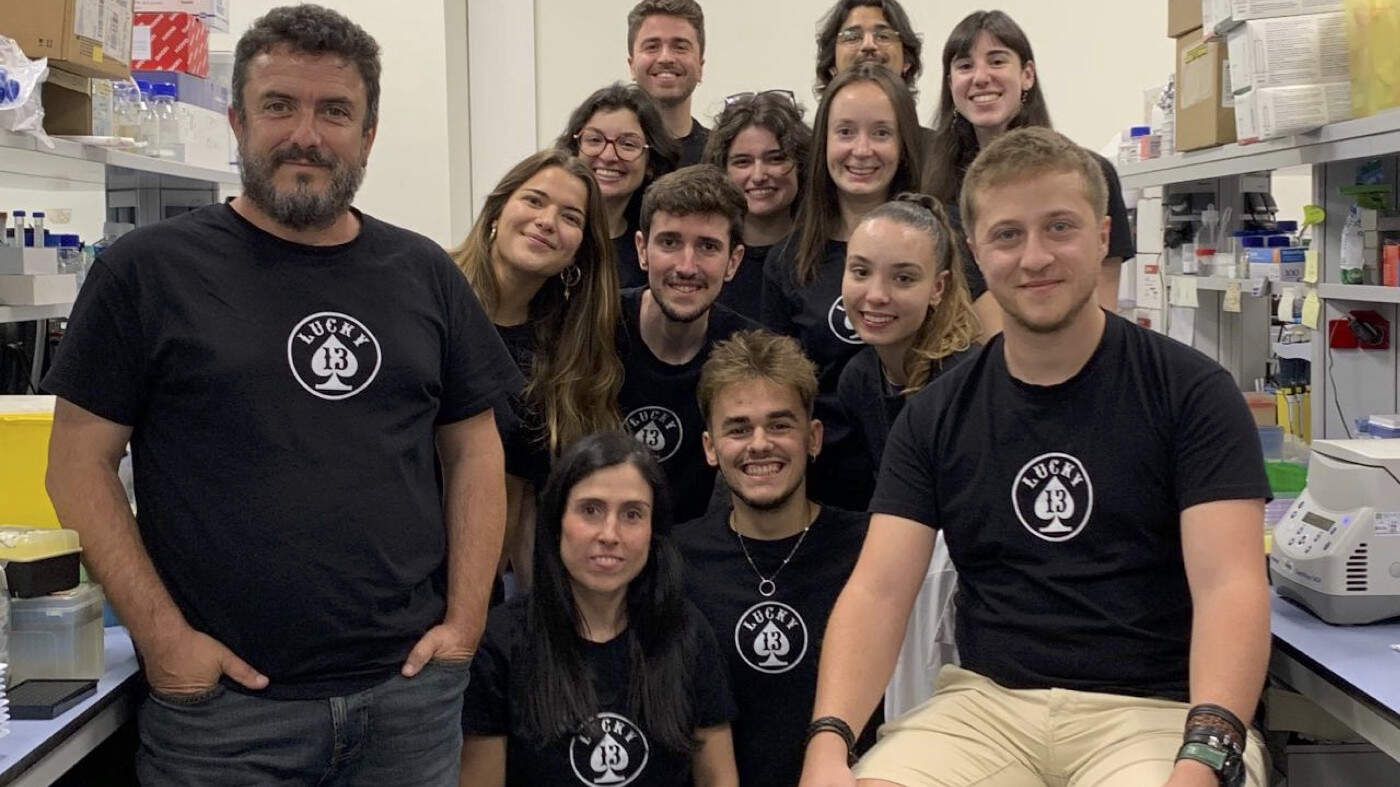eliminate the accumulation of senescent cells

Reach old age in good health. It is the lighthouse that guides the research of a group of researchers led by Dr. Biology Manuel Colladowhich explores the promising field of cellular senescence and its relationship to aging and pathologies such as cancer. His laboratory, which is part Santiago Health Research Institute (Idis), is investigating a process that plays an important role in human health and whose control may be key to the introduction of effective drugs to treat age-related diseases such as tumorsneurodegenerative pathologies such as Alzheimer’s disease or Parkinson’s diseaseprocesses such as osteoporosis or osteoarthritis or even kidney fibrosis, which currently has no cure. These diseases have one thing in common: cellular aging.
What is cellular aging?
“To understand this, we must assume that all the cells that make up our body have two important defense mechanisms against any changes they may undergo. One way to respond to prevent damage from spreading throughout the body is to remove or remove the altered cell. suicidethat’s what we call apoptosis. Another way to protect the body is to induce the aging process, which means that the cell cannot have daughters.” This explains Collado, research fellow CSIC National Biotechnology Center.
Added to the inability to divide is a key function of aging cells: “signaling” to the environment that “there is damage”, promoting the activation of the immune system and regeneration mechanisms. It’s about repairing damage and even repairing that damage with the body itself. senescent cells. “It all happens in a system that works,” notes the expert, who points out that it is this mechanism that allows us to protect ourselves “from cancer” and many other “physical and chemical attacks on our tissues.”
What happens as we get older?
For reasons that remain to be seen, the expert who heads the Spanish Society of Cellular Aging (Senescel) confirms that this natural process has “its negative part.” And over the years our body goes away”accumulation “many of these senescent cells are aberrant” even though they should have been destroyed. This leads to. harmful processes How inflammation chronic, which ultimately damages “our own tissues.” “It has long been known that this accumulation occurs during aging and it has always been assumed that this could be the basis of many pathological processes that occur with age,” explains the man from Madrid.
Where is the investigation going?
Experiments with mice showed that by eliminating these senescent cells, rodents “live in better health into old age” because they do not develop as many pathologies associated with aging. Experts have confirmed that diseases as diverse as Alzheimer’s, Parkinson’s diseaseOsteoporosis or kidney fibrosis, which affects different tissues, “has a certain common basis, namely the accumulation of senescent cells,” says the biologist, who spent his career training at the Ludwig Institute for Cancer Research in London and Memorial Sloan. Kettering Cancer Center in New York and other institutions. “The goal that our field is moving towards is to reach an advanced age in good health,” Collado reflects. Chase immortality This is beyond reality.
What’s the next step?
Faced with the serious challenge of aging on all fronts – health, social and economic – one of the focuses of the Idis team is, first, to deepen research. biomedical “understand why all these processes occur.” The next thing to do is to determine what can be done. And what until recently was “science fiction now seems more accessible.”
We’re talking about development drugs which allow “us to accumulate fewer senescent cells or eliminate them completely,” avoiding the problems associated with their agglutination.
The goal is to find “senolytic” compounds that can effectively and safely “kill” these cells without harming the rest of the body. The Collado team has already achieved its goal, since it identified activity in 2019 cardiac glycosideswhich are drugs “that have been known for hundreds of years”, such as digoxin, and which have traditionally been used to treat heart disease. “We have seen that, at least in vitro, they act as senolytics in experimental animals,” says the researcher, adding that they were unable to reach clinical phase because they are “somewhat old” drugs with side effects. But it is certainly an open window for hope.
Create drugs that destroy senescent cells
After the discovery of the ability of cardiac glycosides to kill senescent cellsteam Manuel Collado undertook a massive search for new compounds to study their usefulness in the treatment of cancer and other pathologies.
Due to its significance in 2020, the EU chose the researchers’ project Idis use your massive search system for chemical compounds with senolytic activity – which they developed together with USC Biopharma Groupled by Professor Mabel Loza, with a library of 120,000 compounds. “And we found new molecules that also appear to have senolytic activity. They are very promising,” confirms Collado.
The scientist misses research center dedicated to aging in Spain, especially when statistics show that in 2039 a third of Galicia’s population will be over 65 years old, representing about 27% in the state.
The idea is that a certain molecule serves develop drugs capable of destroying senescent cells throughout the body, as broad-spectrum drugs or have a “very specific” effect on the organ.
